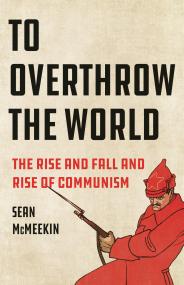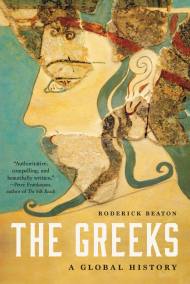By clicking “Accept,” you agree to the use of cookies and similar technologies on your device as set forth in our Cookie Policy and our Privacy Policy. Please note that certain cookies are essential for this website to function properly and do not require user consent to be deployed.
Political Construction Sites
Nation Building In Russia And The Post-soviet States
Contributors
By Pal Kolsto
Formats and Prices
Price
$42.00Format
Format:
Trade Paperback $42.00This item is a preorder. Your payment method will be charged immediately, and the product is expected to ship on or around April 7, 2000. This date is subject to change due to shipping delays beyond our control.
Also available from:
The dissolution of the Soviet Union has provided scholars with tremendously rich material for the study of comparative nation building. Not since the decolonization of Africa in the 1960s have so many new states been established in one stroke in one region. The post-Soviet states, moreover, have all the necessary prerequisites for fruitful comparison: a number of similarities, but also significant differences in terms of size, culture, and recent history. State leaders in all of the new states are making strenuous efforts to imbue their population with a sense of unity and common nationhood. The citizens, they believe, ought to adhere to some common values and common allegiance towards the same state institutions and symbols. Often but not always this means that all inhabitants should also share the same culture. Strategies to foster this kind of common nationhood in a population are usually referred to as ‘nation building’. After a decade of post-Soviet nation building certain patterns are emerging, and not always the most obvious ones. Some states seem to manage well against high odds, while others appear to be disintegrating or sinking slowly into oblivion. To a remarkable degree the former Soviet republics have chosen different models for their nation building. This book examines the preconditions for these endeavors, the goals the state leaders are aiming at, and the means they employ to reach them.
Genre:
- On Sale
- Apr 7, 2000
- Page Count
- 320 pages
- Publisher
- Avalon Publishing
- ISBN-13
- 9780813337524
Newsletter Signup
By clicking ‘Sign Up,’ I acknowledge that I have read and agree to Hachette Book Group’s Privacy Policy and Terms of Use







